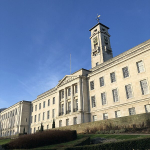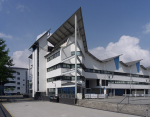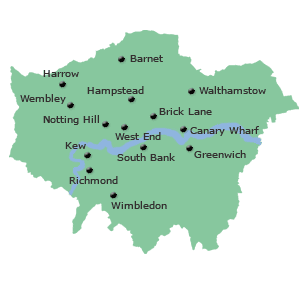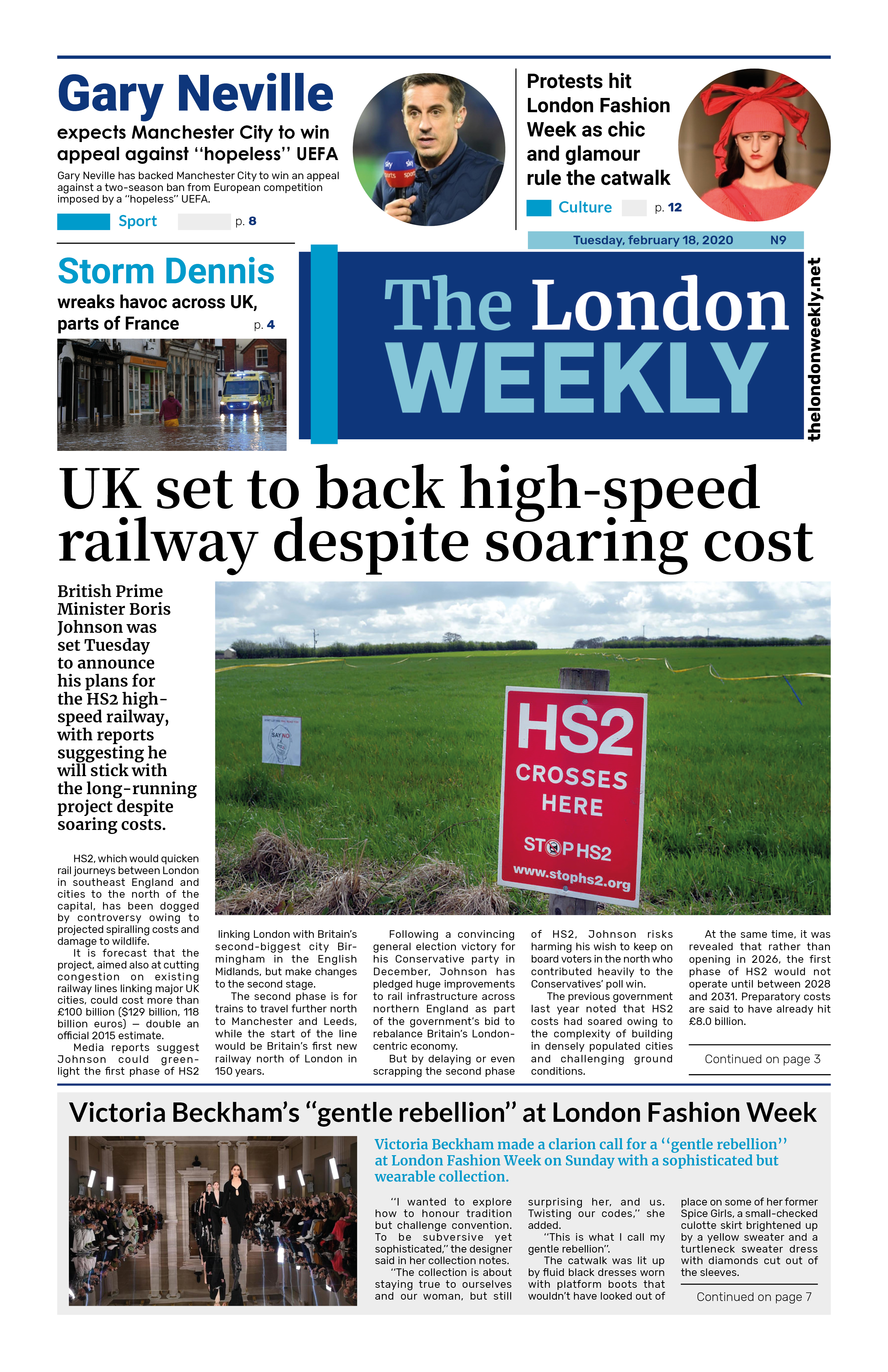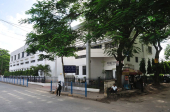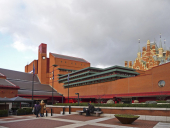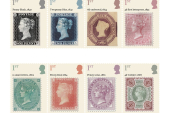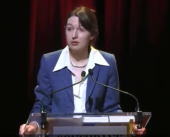
The UK job market continued to show signs of cooling at the start of the year, with demand for staff declining at its fastest rate since mid-2020, according to a recent survey.
The findings suggest that economic uncertainty and increased payroll taxes are impacting hiring decisions.
The monthly report from the Recruitment and Employment Confederation (REC) and KPMG, published on Monday, indicated that job vacancies experienced their sharpest drop since August 2020. Additionally, the rate of starting pay for newly hired permanent employees grew at one of the slowest paces since early 2021—a trend that may reassure the Bank of England (BoE) as it assesses inflationary pressures.
Hiring for permanent positions saw another significant contraction, remaining only slightly above December’s 16-month low, while temporary job placements declined at their steepest rate since mid-2020.
Neil Carberry, CEO of REC, noted that many businesses are adopting a "wait and see" strategy regarding hiring, pending signs of economic recovery.
"It takes time, and real action, to build business confidence," Carberry said. "An autumn of fiscal uncertainty, coupled with the challenges posed by substantial upcoming tax increases, is slowing progress."
In her budget announcement on October 30, Finance Minister Rachel Reeves confirmed that employer social security contributions will rise starting in April, while the threshold for these payments will be lowered. The changes are expected to generate an additional £25 billion annually for the government by 2029.
Carberry suggested that last week's interest rate cut by the BoE might help bolster business confidence. The central bank lowered borrowing costs by 0.25 percentage points to 4.5% on Thursday, while also halving its forecast for economic growth in 2025. However, it warned that inflation could surge again this year.
The REC/KPMG survey also highlighted a continued rise in the number of available job candidates, potentially linked to an uptick in redundancies. However, the rate of growth in candidate availability was the slowest in nearly a year. Photo by Phil Whitehouse, Wikimedia commons.















